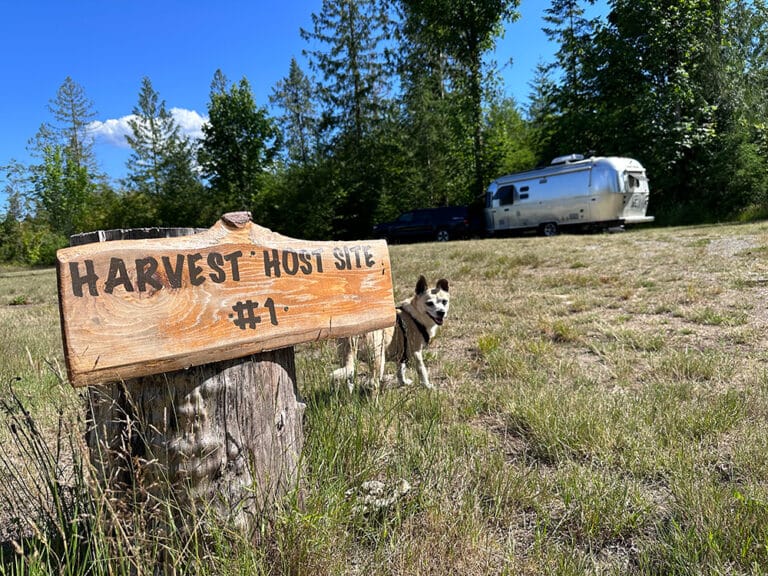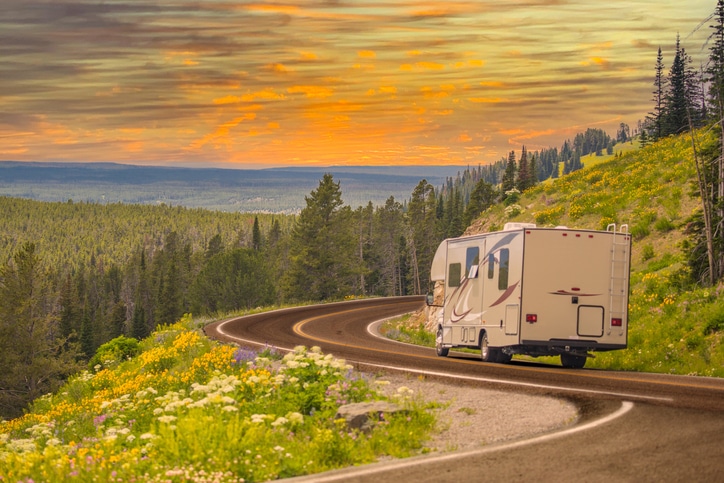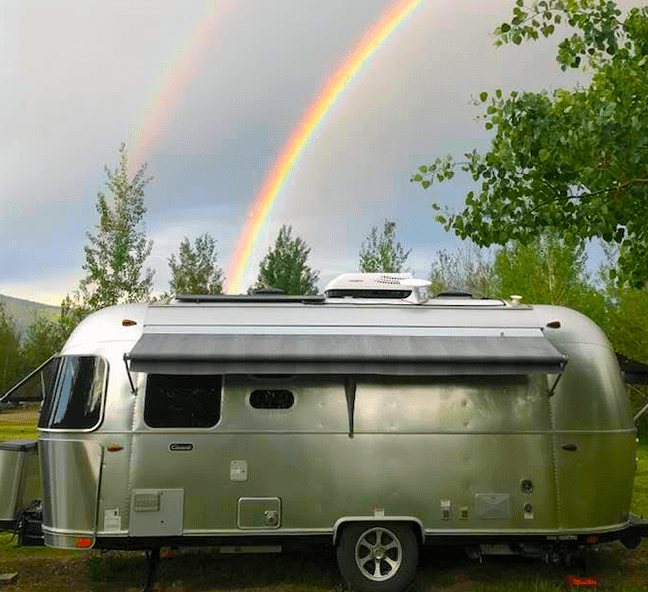Escape the Crowds: What is Dispersed Camping and Why Try It?
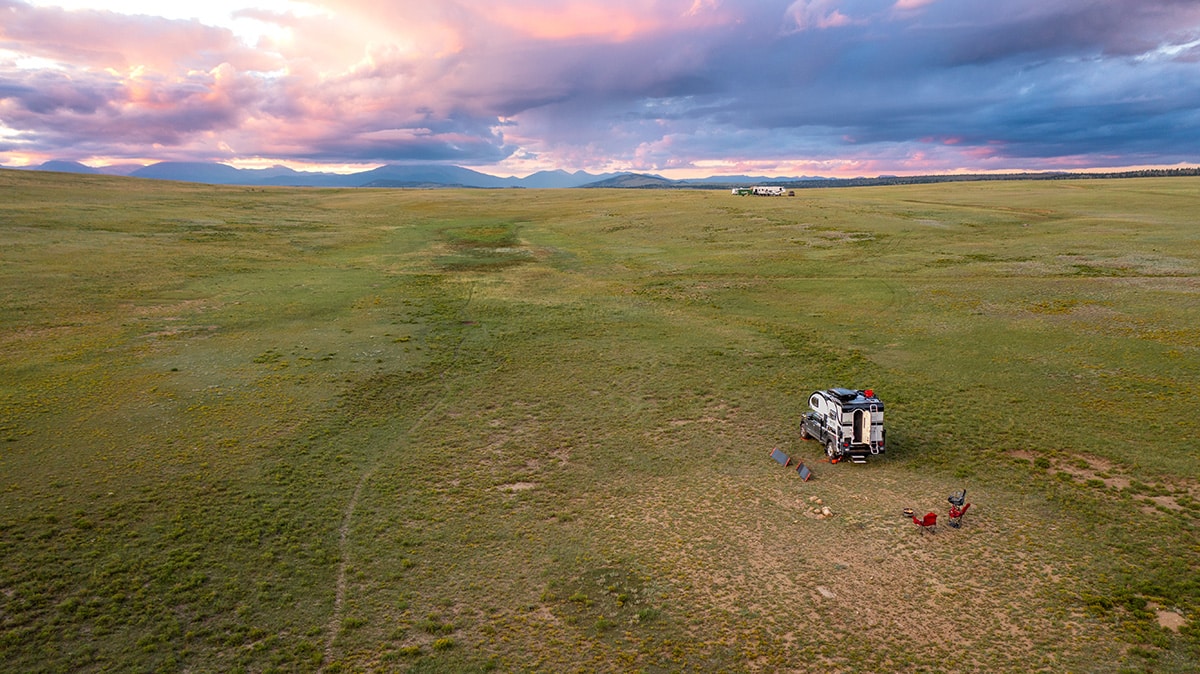
What is dispersed camping? It’s a form of outdoor adventure that goes beyond the usual confines of established campgrounds.
This unique style of camping, also known as boondocking or pirate camping, is gaining popularity among nature enthusiasts who crave solitude and unspoiled landscapes. But it brings its own set of difficulties and obligations, especially for new RVers or campers.
Dispersed camping offers an escape from crowded campsites and campground fees but demands self-sufficiency. You won’t find amenities like restrooms, picnic tables, or even water; instead, it’s just you and Mother Nature in her rawest form.
Understanding what dispersed camping entails will enhance your outdoor experience and promote responsible practices to preserve these pristine environments for future generations. So, let’s dive deeper into this world where less truly means more!
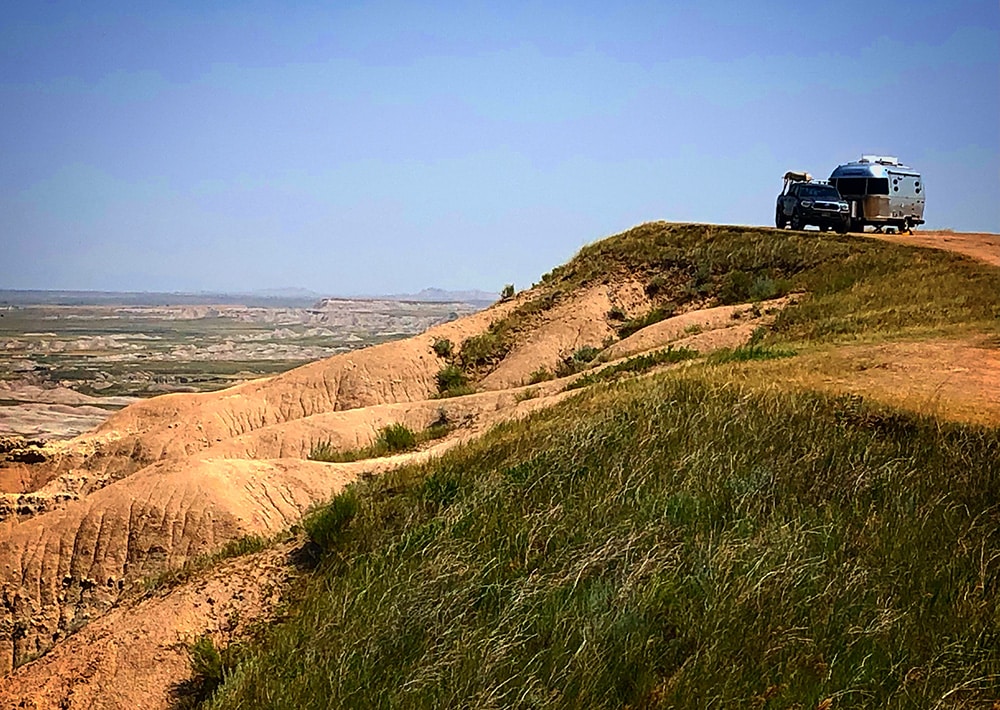
What is Dispersed Camping?
Dispersed camping, often called dispersed camp, brings a fresh spin to the conventional idea of camping. It’s not about sticking to designated campsites with all the facilities but about venturing beyond these zones and embracing raw nature.
Defining Dispersed Camping
The charm of dispersed camping comes from its unrestricted connection with Mother Nature. The action occurs on public lands like Forest Service Land, where no pre-marked spots or services such as restrooms or trash cans exist. But it isn’t just about finding free accommodation in the great outdoors; it’s an opportunity for total immersion into untouched landscapes without distractions.
Solo female nomads choosing this path must be self-reliant and adhere strictly to Leave No Trace principles – pack out what they bring in and minimize their environmental impact. Herein lies its appeal: experiencing pristine surroundings while maintaining an eco-friendly approach.
Other Names for Dispersed Camping
This form of outdoor living goes by many names that perfectly capture its unfiltered allure among adventurers across America. You might have heard ‘boondocking,’ a term borrowed from Australian slang ‘boondocks,’ meaning rough country or wilderness – which resonates well with off-grid experiences associated with dispersed campgrounds.
Pirate camping is another popular name among enthusiasts who love exploring hidden beauty away from crowded spaces, much like pirates seeking treasure off beaten paths. The term ‘free camping‘ signifies both cost-effectiveness (since most dispersed campsites don’t charge) and freedom provided by such adventures- one element truly treasured when doing any RVing or tent camping.
No matter how you choose to call it – whether it’s dispersed camping, boondocking, or pirate camping – each moniker emphasizes independence and respect towards our natural world.
Key Takeaway
Dispersed camping offers a fresh take on the usual camping experience. It’s all about fully diving into nature, relying on yourself, and being kind to our environment. You’ll often find yourself in public lands without set spots or facilities – it’s a pure adventure beyond regular campsites into pristine landscapes. Some might call this ‘boondocking’ or even ‘pirate camping.’
Dispersed Camping: An Exploration of Benefits and Challenges
If you’re searching for a substitute to standard camping grounds, dispersed camping could be just the thing. This style of adventuring offers a unique blend of perks and challenges, with no reservations or amenities but requiring self-sufficiency.
Ditching Campground Fees: The Financial Appeal of Dispersed Camping
The main attraction? The potential savings. Campground costs can increase, especially for long-term travelers like digital nomads or Airstream wanderers. Choosing dispersed campsites, such as those offered by the Bureau of Land Management (BLM), is one way to keep expenses down.
But it’s not just about money; it’s also about freedom. With no need to book ahead, you can choose where to pitch your tent. However, this perk comes with challenges, such as finding suitable spots while respecting local rules and conservation efforts.
Becoming Self-Sufficient: A Must-Have Skillset for Dispersed Camping
When you go off-grid, self-sufficiency is necessary since no one will provide any amenities. If you work from nature’s office, you must bring water supplies, food storage solutions, waste disposal methods, and power sources.
While it may seem daunting compared to well-equipped campgrounds, don’t worry. Many apps and websites are available to guide those who wish to visit areas without established facilities, offering tips on preparing.
At first glance, the idea may seem overwhelming, but many people find immense satisfaction in mastering the skills necessary for independent living amidst nature’s beauty.
“Leave no trace should always be our motto wherever we make our temporary home.”
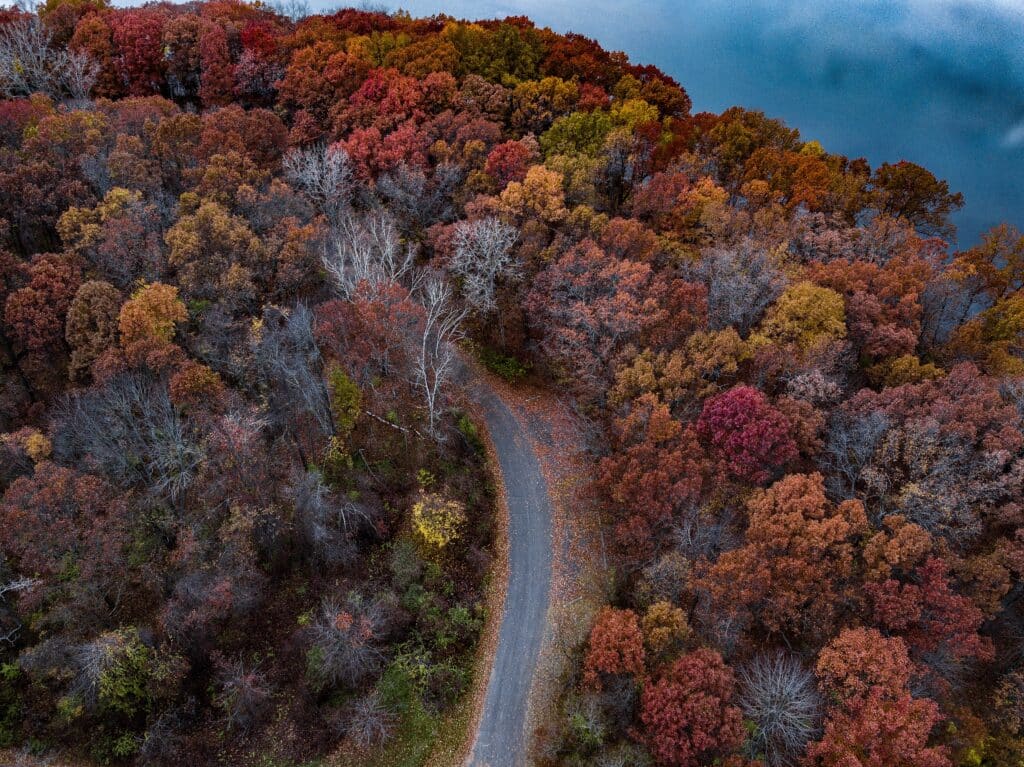
Where Can You Find Dispersed Campsites?
The allure of the great outdoors is strong, and for those seeking solitude and unspoiled nature, dispersed camping in national forests or other public lands is a perfect choice. But where can you legally set up camp off-the-grid? Let’s explore.
Finding Free Campsites in National Forests
National forest land sprawls across America like a lush green quilt, offering abundant opportunities to immerse yourself in its natural beauty. Managed by the dedicated folks at the Forest Service, these areas are open to everyone looking for an authentic outdoor experience through dispersed camping.
Now, let’s discuss finding your perfect spot amidst this breathtaking scenery. There are essential rules to follow – stay at least 100 feet away from any water source to protect delicate ecosystems, and always leave no trace behind. Remember the saying: Take only pictures and leave only footprints.
While not a comprehensive guide on finding free campsites, this resource provides crucial information about legalities and best practices when setting up camps on national forest lands.
Camping on Bureau of Land Management Lands
If vast landscapes beyond dense woodlands beckon you, consider venturing onto lands managed by the Bureau of Land Management (BLM). Here, you’ll find plenty of options for secluded adventures amidst rugged terrain.
The rules align with what we discussed: respect the distance from water sources, be mindful not to disturb wildlife habitats, and avoid private properties unless given permission. While BLM regions typically offer wide-open spaces dominated by desert scenery or mountainous landscapes, as opposed to the densely wooded settings of forest service locations, both types promise diverse experiences worth exploring.
Key Takeaway
Embrace the untouched splendor of nature through dispersed camping. You can do this in national forests and lands managed by the Bureau of Land Management. But remember, stay 100 feet away from water sources, leave nothing behind but footprints, respect wildlife homes, and always check local rules for any fees or permits you might need. It’s all about finding peace in solitude and being a good steward – making memories to take home.
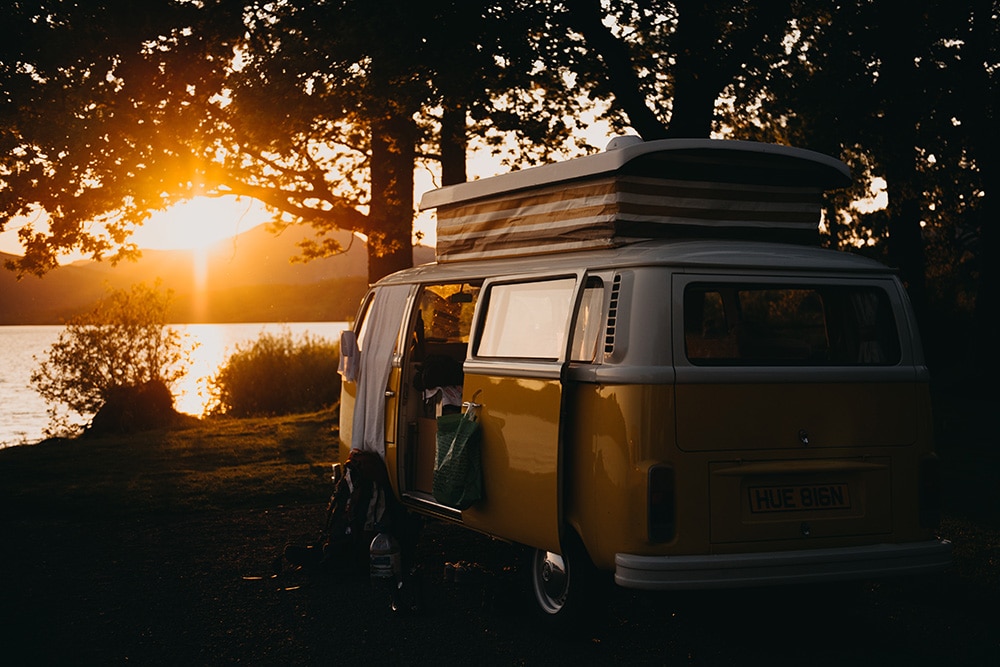
Unraveling the Legalities of Dispersed Camping
If you’re a fan of dispersed camping, being well-versed in its legal aspects is crucial. Don’t fret – it’s easier to comprehend these regulations than you may think.
Let’s explore how to ensure your campsite is both exciting and law-abiding.
Ace Your Site Selection by Checking Legality
Picking the perfect spot for your outdoor adventure involves more than just eye-catching scenery. It would be best to ensure that setting up camp there won’t land you in hot water with local authorities or rangers. So, before pitching tents, consult with relevant forest or district officials.
This ensures legality and helps strike a balance between human impact and effective land management. The guidelines vary across U.S. national forests and grasslands; some require staying at least one mile from established campsites.
Navigating Bureau of Land Management (BLM) Lands
The BLM lands offer ample opportunities for dispersed camping, too. However, they come with unique regulations, such as restrictions on proximity to water sources or cultural sites. Here’s where you can find more about BLM guidelines.
- Check if permits are required: National parks usually allow dispersed camping only in backcountry areas and with valid licenses.
- Contact park authorities: They provide detailed information regarding permit procedures and wilderness preservation stipulations, which could be invaluable during your trip planning process.
Relying on Rangers for Compliance
You might think that rangers are gatekeepers who enforce firewood collection, campfire use, and waste disposal rules. But they play an even more prominent role. They guide us towards less impacted locations within their jurisdiction, making them allies rather than obstacles. So, next time you are out exploring, don’t hesitate to ask them any questions related to regional laws.
Key Takeaway
When it comes to dispersed camping, it’s more than just snagging the ideal location. It’s also crucial to know and respect local laws. Before setting up your camp, ensure you’re not stepping on anyone’s toes or hurting Mother Nature. BLM lands are a goldmine of opportunities, but remember they have rules – so don’t skip doing your homework. And hey, let’s not forget our park rangers.
How to Embark on Your First Dispersed Camping Trip
Dispersed camping is an excellent starting point if you’re ready to embark on an outdoor adventure. But what exactly is dispersed camping? It involves immersing yourself in wilderness areas without the comforts and conveniences of developed recreation areas.
“Dispersed camping involves setting up camp outside designated campgrounds – often within national forests or grasslands.”
Your first foray into this form of adventure demands careful preparation. There are no restrooms, picnic tables, or water supply – you get nature in its rawest form.
The Art of Packing For A Successful Adventure
When planning your first trip into the wild, it is crucial to adhere to the principles of Leave No Trace. This ethos guides us towards sustainable practices that protect our stunning natural spaces for future generations.
- Pack enough food and water supplies, considering there will be no facilities at your chosen site.
- Cooking equipment such as a stove, fuel, and utensils, along with navigation tools like maps and compasses, are vital.
- For your camping trip, you must bring a tent or tarp and sleeping gear such as a sleeping bag and pad.
The Dyrt PRO, which has a searchable database of over 5,000 free campsites, suggests carrying fire-starting materials only for emergencies due to their lasting impacts on wildlife habitats.
Note: “Carrying waste disposal bags is important because leaving litter behind isn’t just unsightly—it’s against Leave No Trace principles.”
In short, adequate preparation is critical to enjoying a successful outing while respecting nature.
The Impact of Dispersed Camping on the Environment
Imagine a camp in the heart of nature, far from designated camping areas. This is dispersed camping – a practice that can profoundly affect our environment.
Let’s look at what constitutes responsible practices while out in nature. So, let’s delve into what makes for responsible practices during these adventures.
Definition of Responsible Practices in Nature
Being a good steward of nature involves more than just picking up after ourselves. It requires respect for wildlife and adherence to specific guidelines while hiking or fishing on your solo female digital nomad Airstream journey across America.
A fantastic resource here is Leaving No Trace (LNT). Developed by The Center for Outdoor Ethics, this program lays out seven principles designed to preserve natural spaces even as we enjoy them. From proper waste disposal methods to minimizing campfire impacts and being considerate towards other visitors – LNT covers all aspects of responsible outdoor behavior.
We also need to remember that animals call these places home, too. Any disturbance can cause unnecessary stress and disrupt their everyday activities, which could have long-term effects on entire populations over time.
Funding for Public Lands and Its Effect on Dispersed Camping
You might think government bodies like Recreation.gov fund public lands where dispersed camping often occurs. But they don’t. Maintenance falls largely upon us – those who use them.
This lack of funding means there’s less oversight when it comes to enforcing rules around responsible usage, leading, sometimes unfortunately, to misuse and abuse by some users, escalating environmental degradation further. This underscores why each one of us needs not only to enjoy but also to protect nature while living our travel lifestyle.
Key Takeaway
Dispersed camping, a journey into the heart of nature, requires us to be mindful stewards. This means adhering to guidelines like those in Leaving No Trace (LNT), respecting wildlife habitats, and helping maintain public lands where funding is scarce. It’s about soaking up the wilderness responsibly while chasing our camping adventures across America.
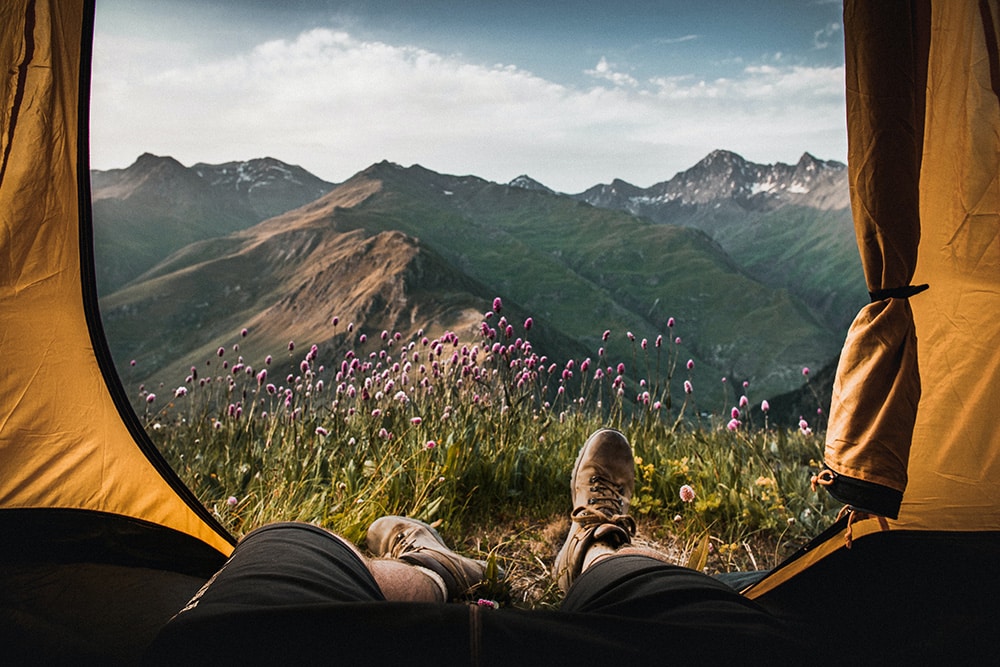
Leave No Trace While Dispersed Camping
We must adopt a ‘leave no trace’ approach while dispersed camping. But why?
Preserving Nature for Future Generations
A ‘leave no trace’ mentality means we aim to minimize our impact on the environment during our stay outdoors. By doing so, we’re ensuring that natural resources are preserved, and habitats remain intact for future generations.
If done right, the wildlife stays undisturbed, and ecosystems flourish. The 7 Principles of Leave No Trace provide an easily understood framework of minimum impact practices for anyone visiting the outdoors.
Making Leave-No-Trace Second Nature
To help preserve America’s stunning landscapes while enjoying your RV or camping journey across America, here are some practical tips:
- Pack Out Your Trash: Remember to bring garbage bags along and ensure all trash leaves when your trip ends.
- Camp on Durable Surfaces: Keep campsites at least 200 feet away from water sources and trails; try not to trample vegetation by using existing sites whenever possible.
- Avoid Damaging Natural Features: No carving initials into trees or moving rocks around – let’s leave everything just as we found it.
Additional guidelines for the best etiquette for dispersed camping are offered by The U.S. Forest Service, which includes essential fire safety measures.
Our actions today shape tomorrow’s wilderness experiences. Let’s do our part in preserving the beauty that Mother Nature has gifted us.
FAQs
What is Dispersed Camping?
Dispersed camping is outside designated campground areas, typically on public lands such as national forests. It is a popular option for outdoor enthusiasts who seek a more secluded and immersive camping experience. Unlike traditional campgrounds, dispersed camping sites are often free and offer a greater sense of solitude. However, it is essential to note that dispersed camping usually needs more amenities and facilities, requiring campers to be self-sufficient.
Where Can You Find Dispersed Camping Sites in America?
In the United States, dispersed camping is generally allowed on National Forest and Bureau of Land Management (BLM) lands. These public lands provide opportunities for campers to explore and enjoy the country’s natural beauty. However, it is always advisable to check with local authorities or park rangers to ensure that dispersed camping is permitted in specific areas and to obtain any necessary permits or information.
What Sets Dispersed Camping Apart from Backcountry Camping?
Dispersed and backcountry camping offers an escape into nature, but they’re pretty different. Backcountry campers stick to designated wilderness areas or park trails, using established paths and zones for their adventures. But if you choose dispersed camping, you can set up anywhere off-trail on land that allows it.
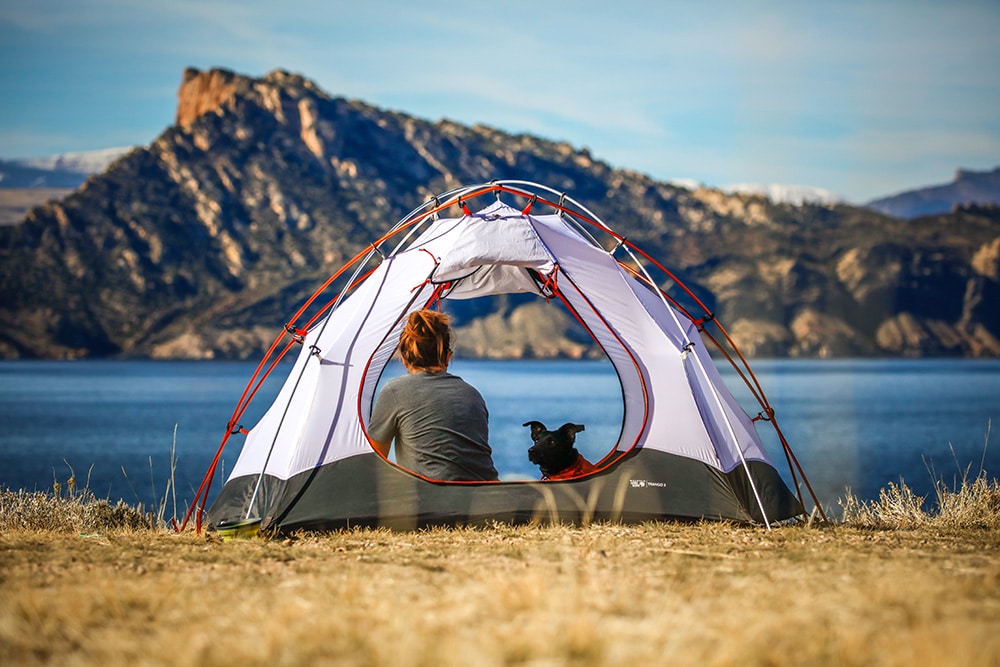
Final Thoughts
With its many names and forms, dispersed camping opens up a world of adventure. It’s an opportunity to connect with nature while avoiding the crowds and fees of traditional campgrounds.
The freedom it offers is priceless, but remember that it comes with responsibility, too. It would be best if you were self-sufficient, prepared for challenges, and always respectful of the environment you’re enjoying.
Finding legal sites might take effort, but national forests are often good starting points. And remember those all-important Leave No Trace principles!
If you’ve been looking for a new way to experience America’s stunning landscapes or love the idea of camping without boundaries – dispersed camping could be your answer.
And what better way to explore this unique form of travel than in an Airstream? As a solo female digital nomad who loves nothing more than adventuring across America in my beloved Airstream with my dogs – I can tell you firsthand that there’s no feeling quite like waking up surrounded by untouched wilderness after a night spent under the stars.

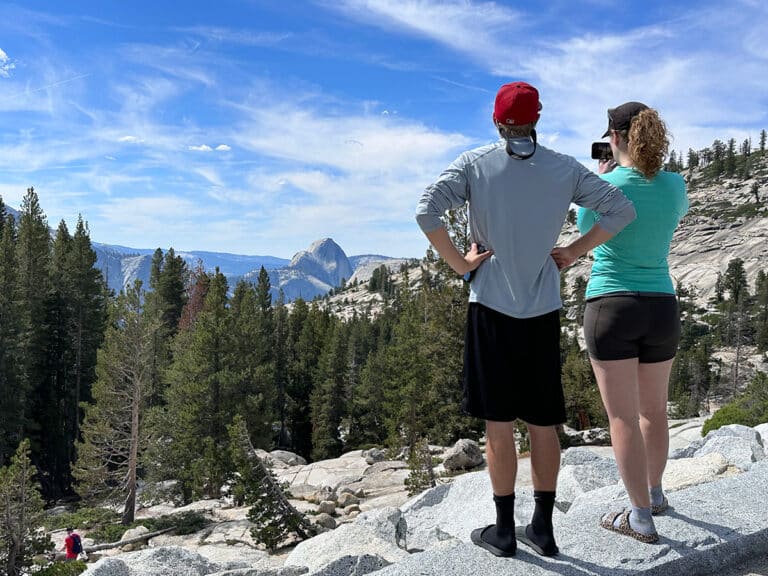
![49 Cool & Unique Bucket List Ideas Across the U.S.[Updated for 2025] 8 49 Cool & Unique Bucket List Ideas Across the U.S.[Updated for 2025]](https://travelswithwally.com/wp-content/uploads/2022/12/OhThePlaces-e1671251397245-768x419.png)
